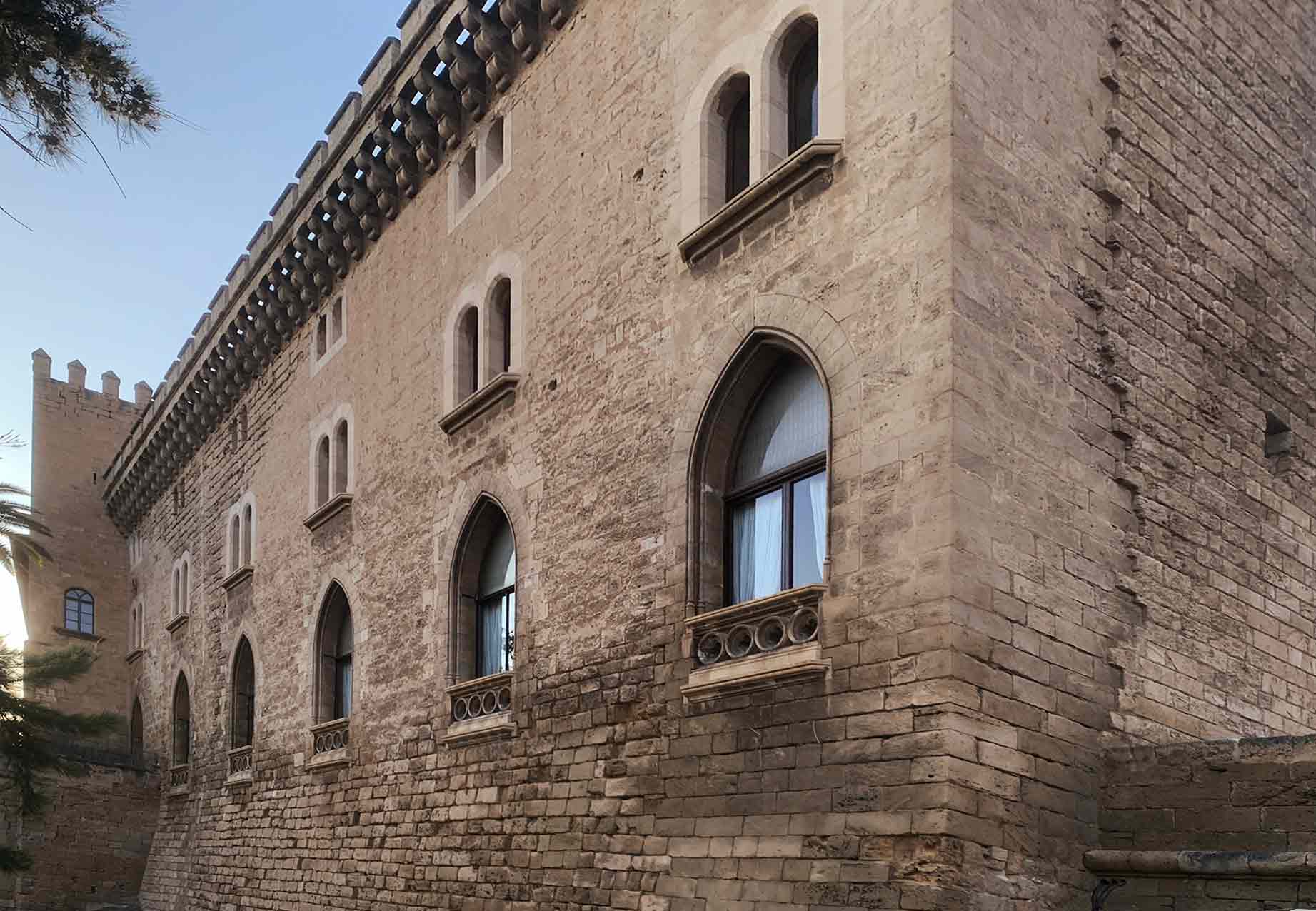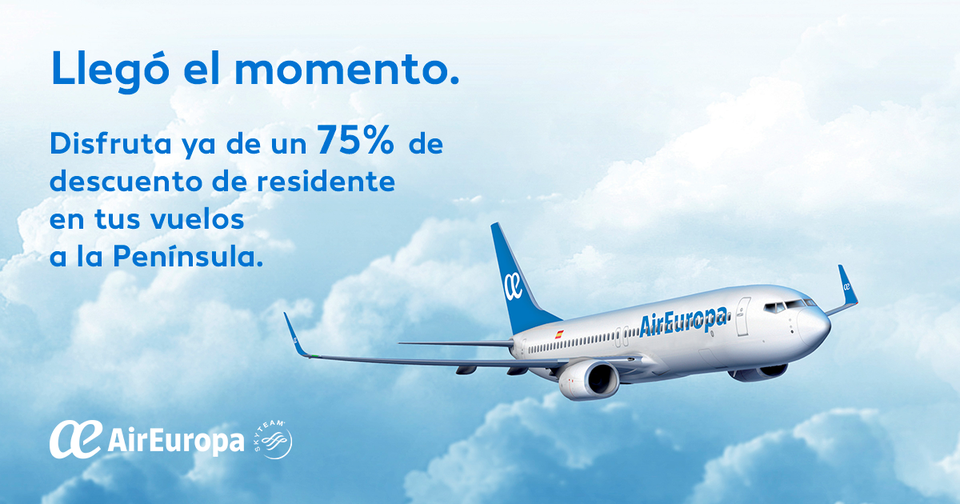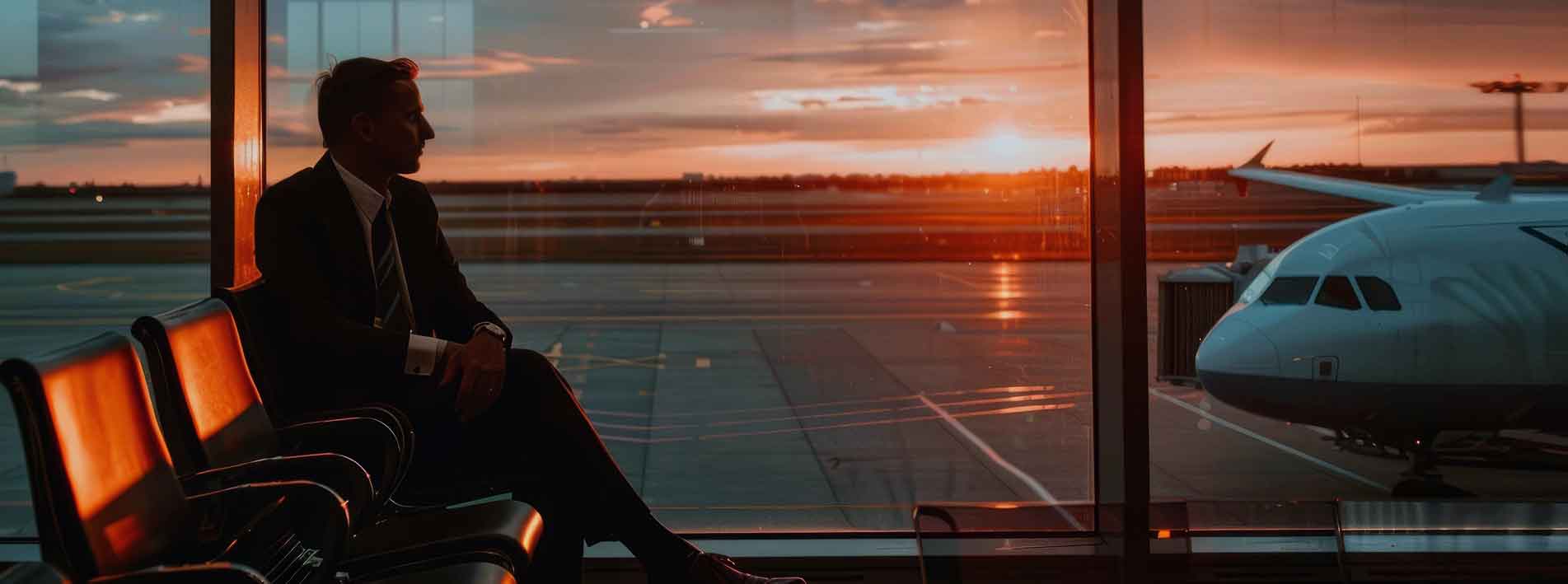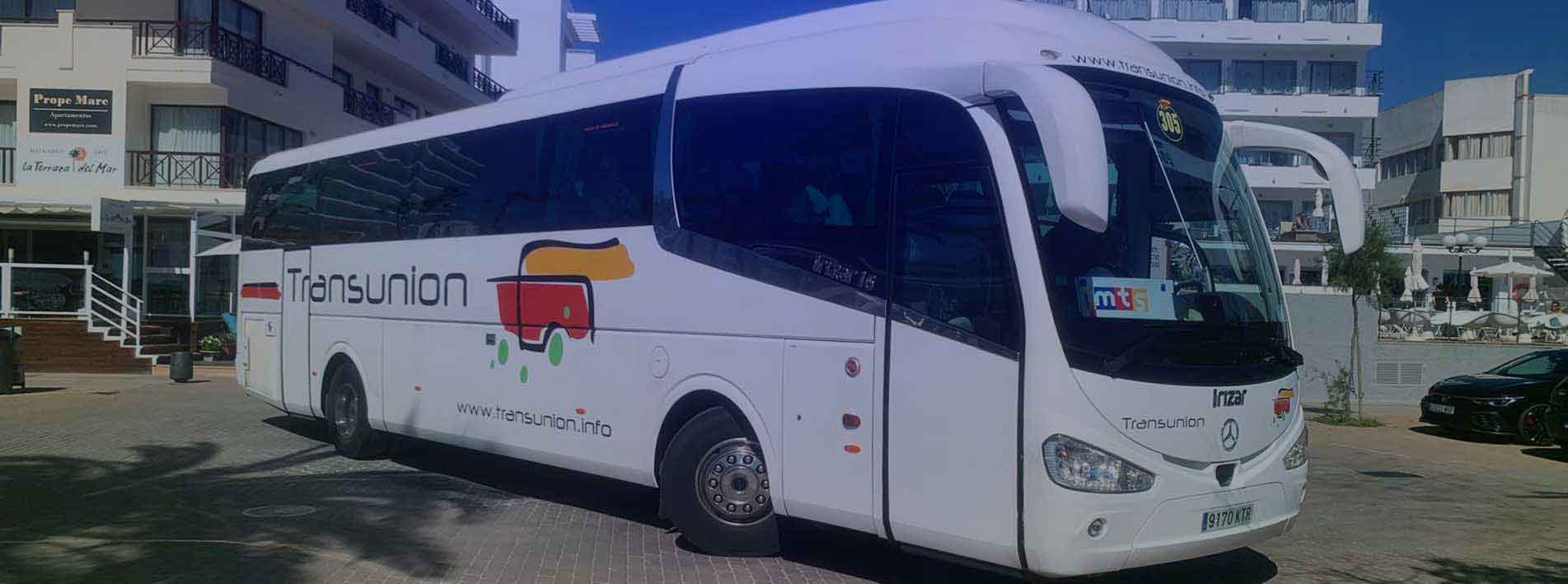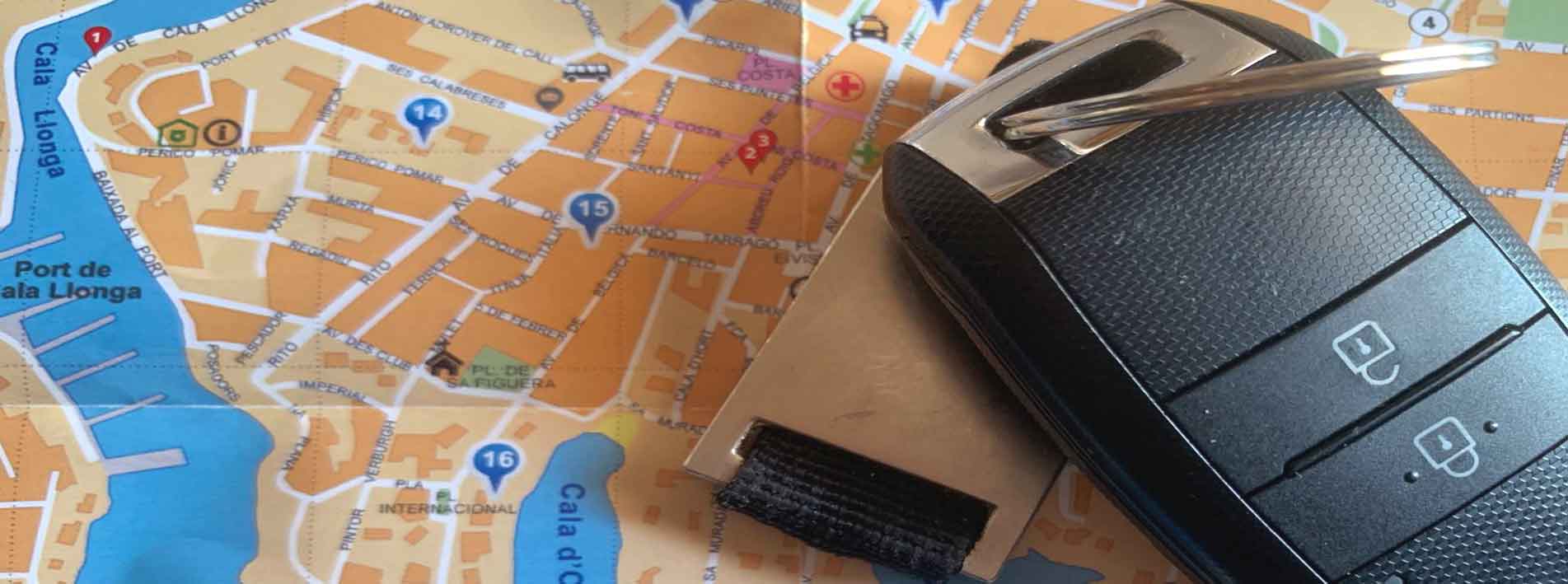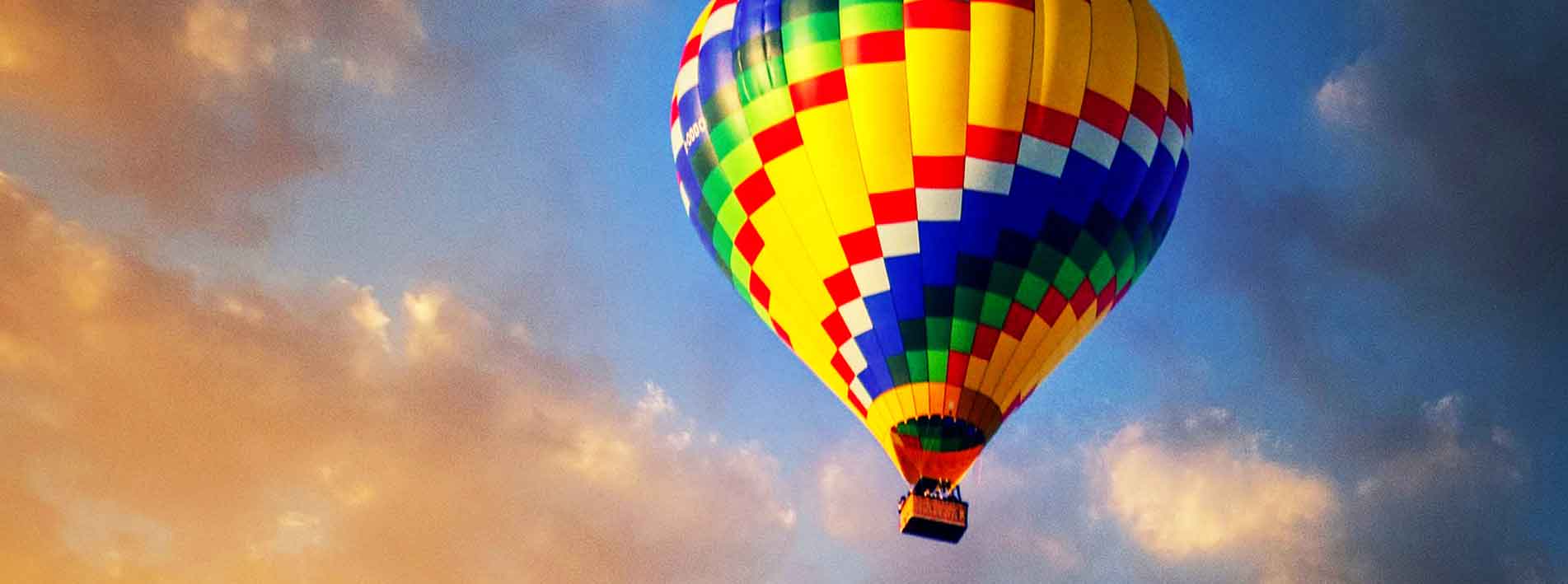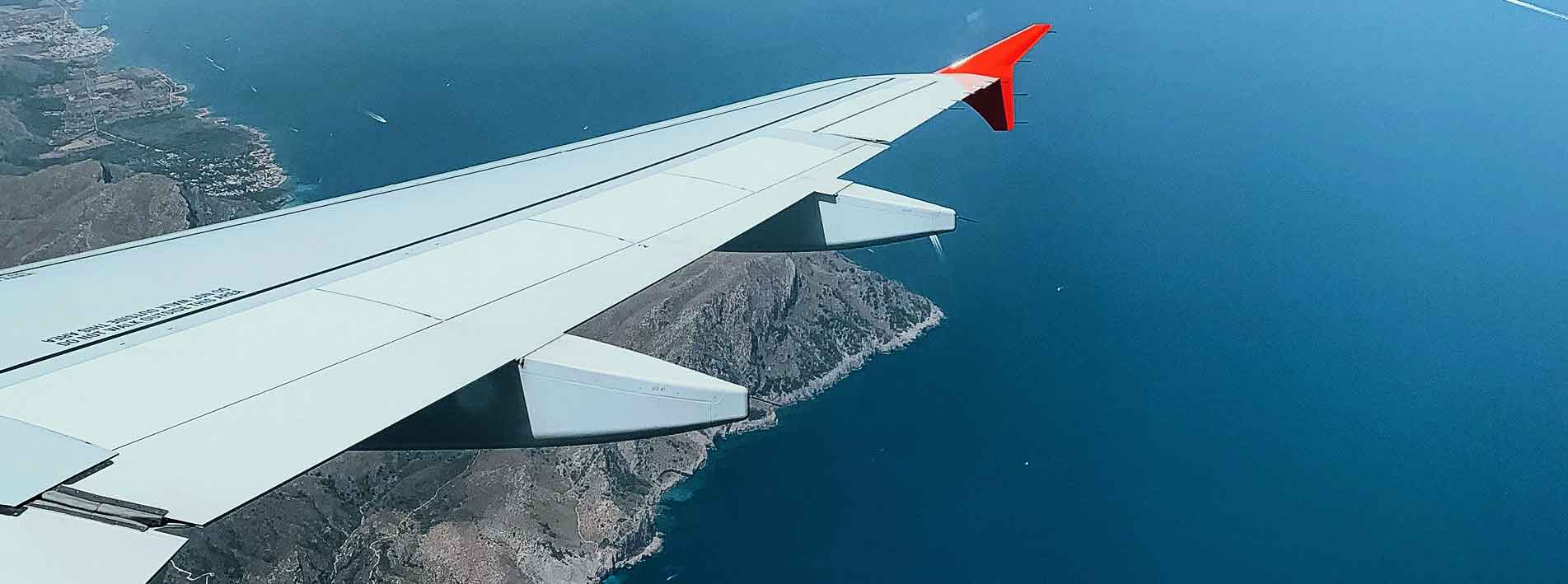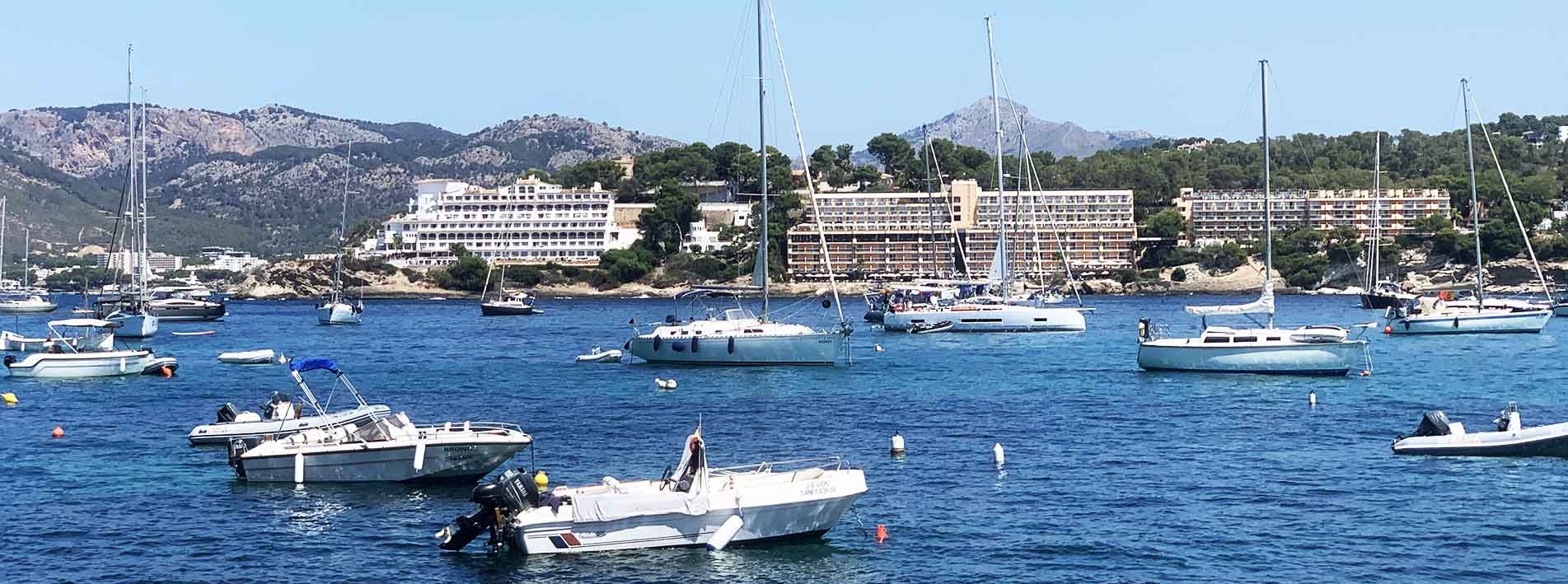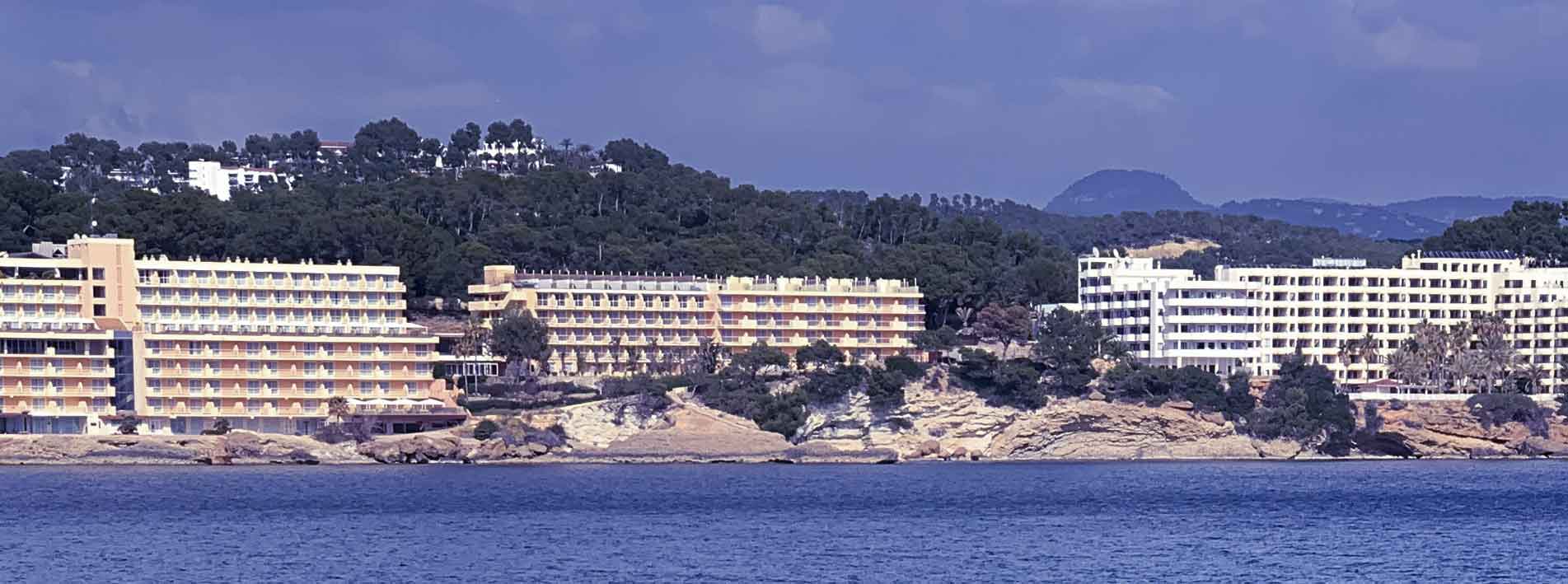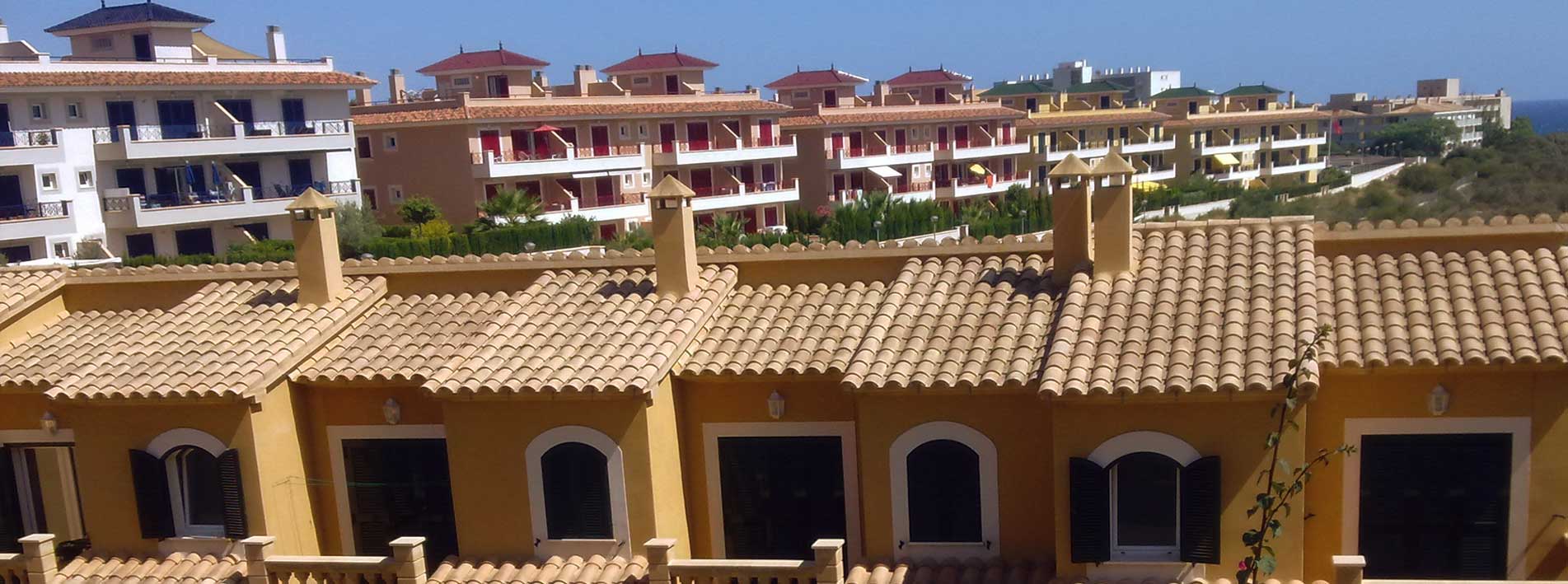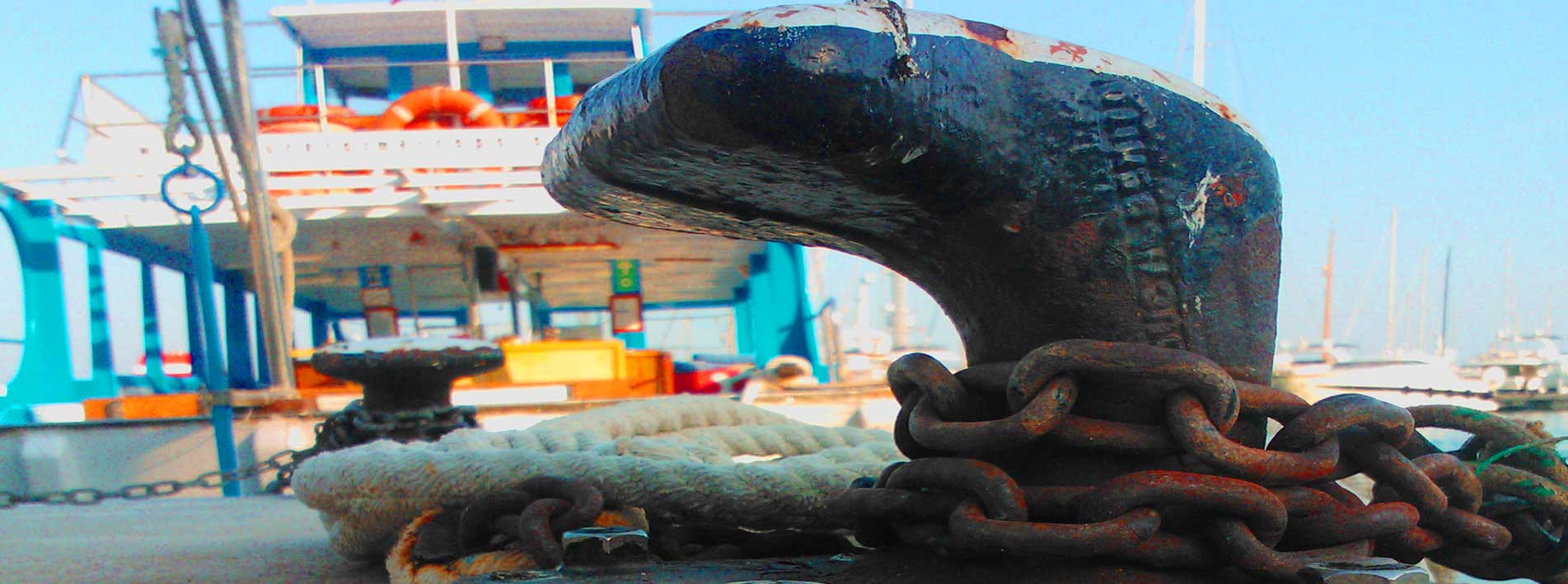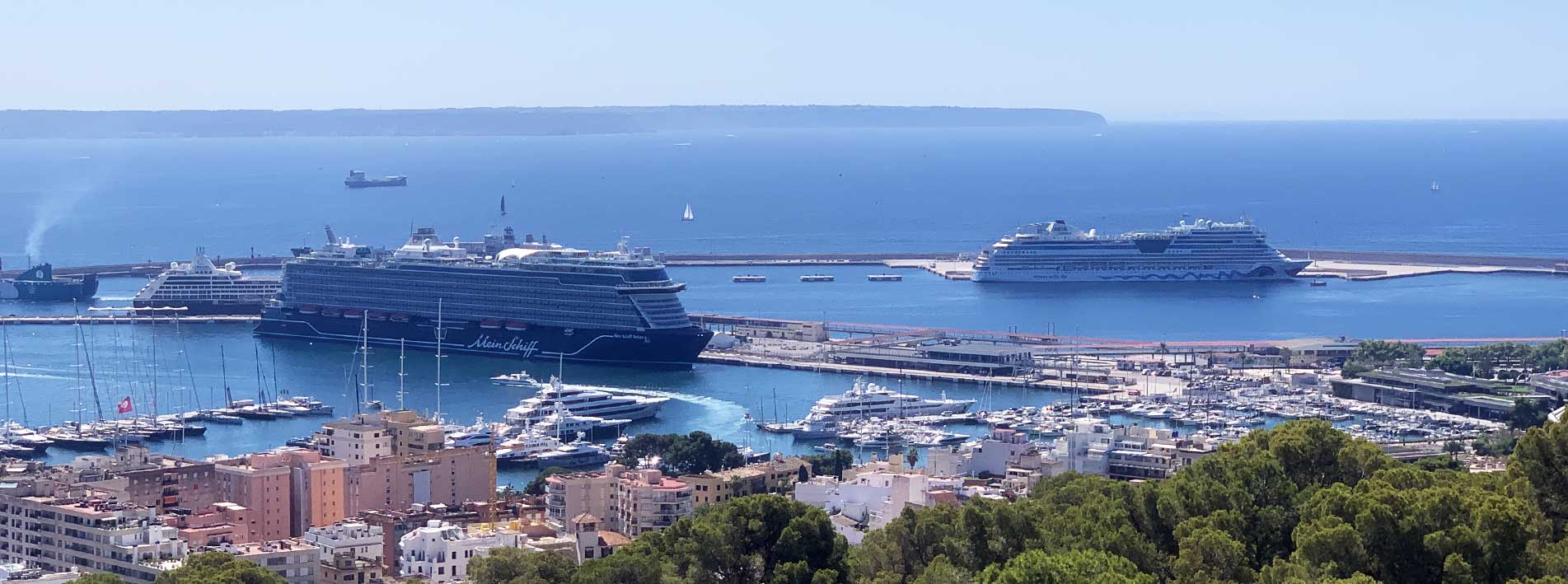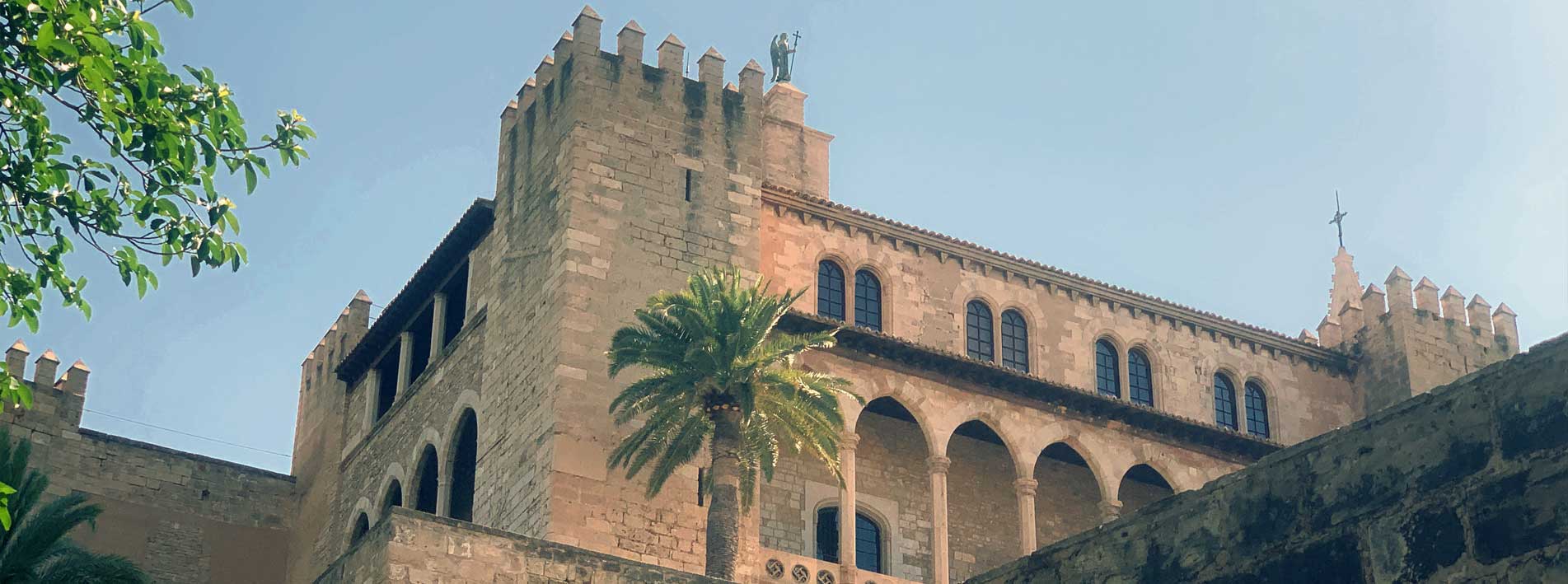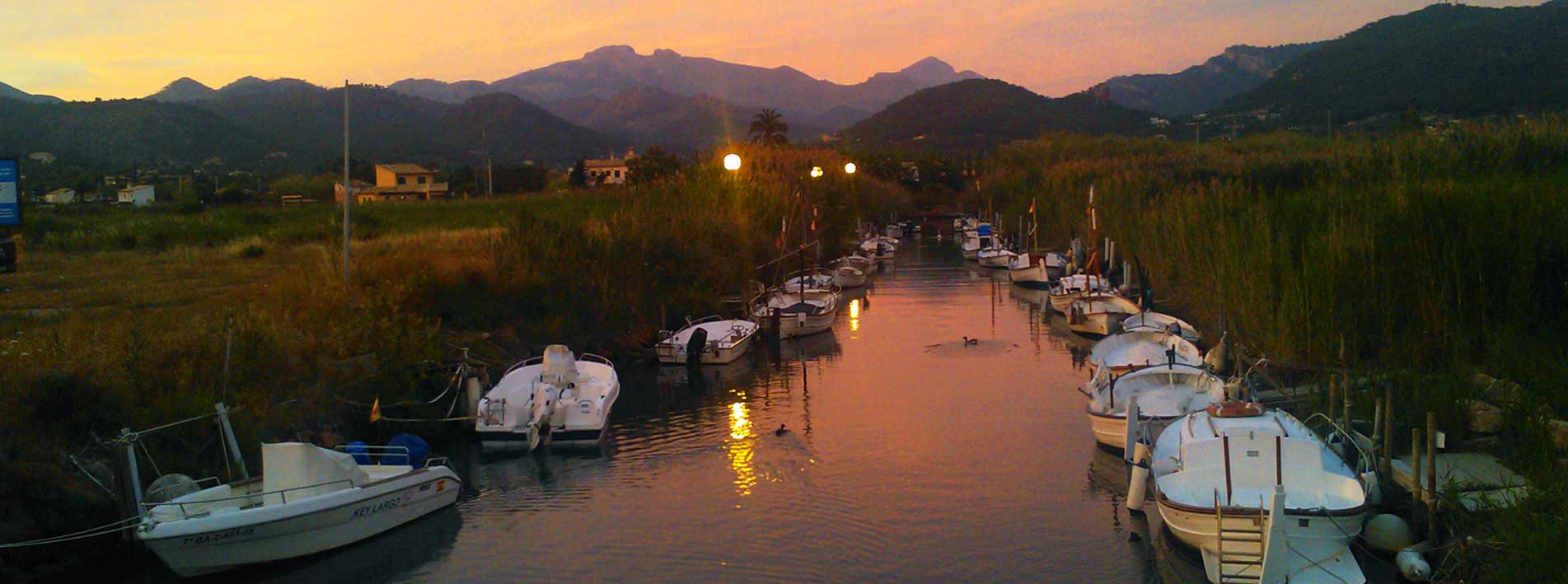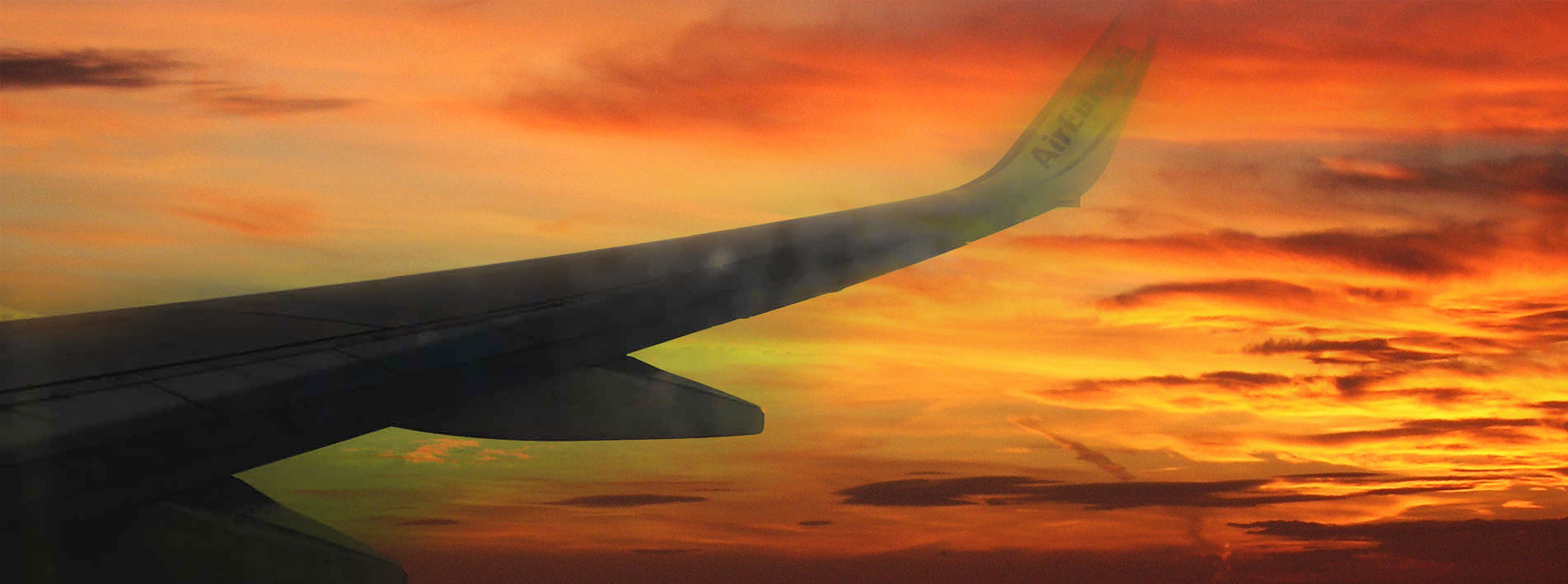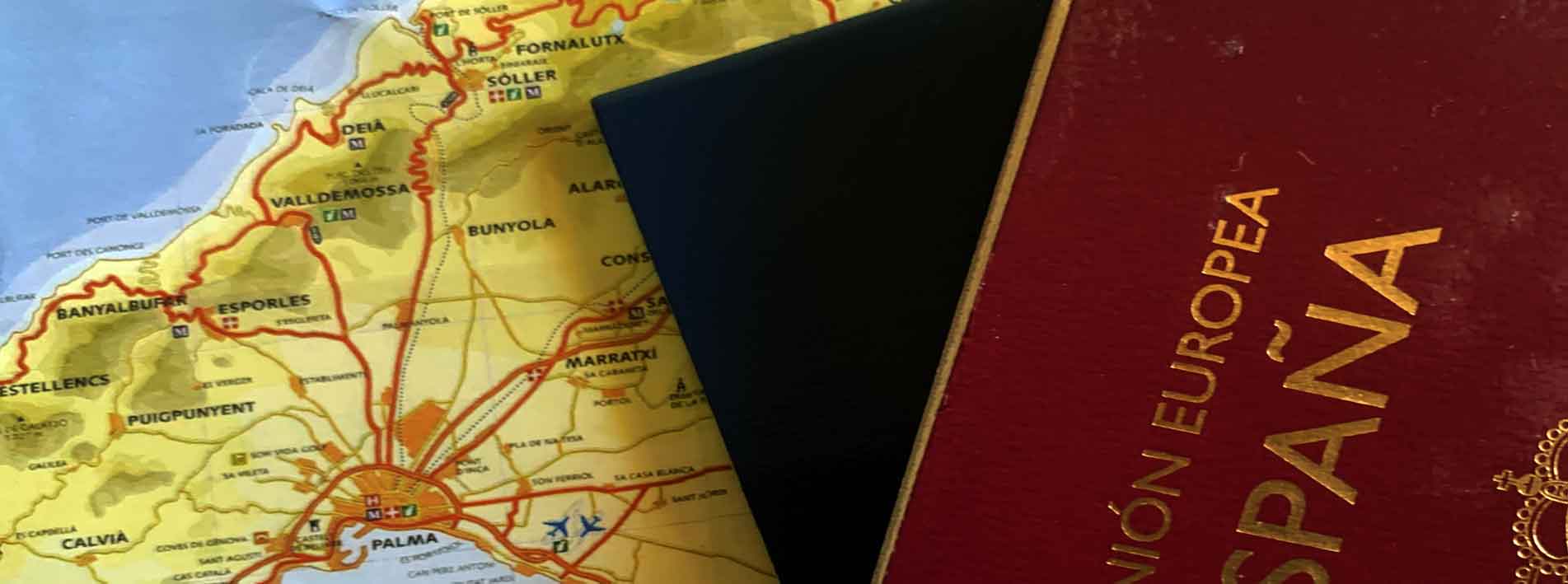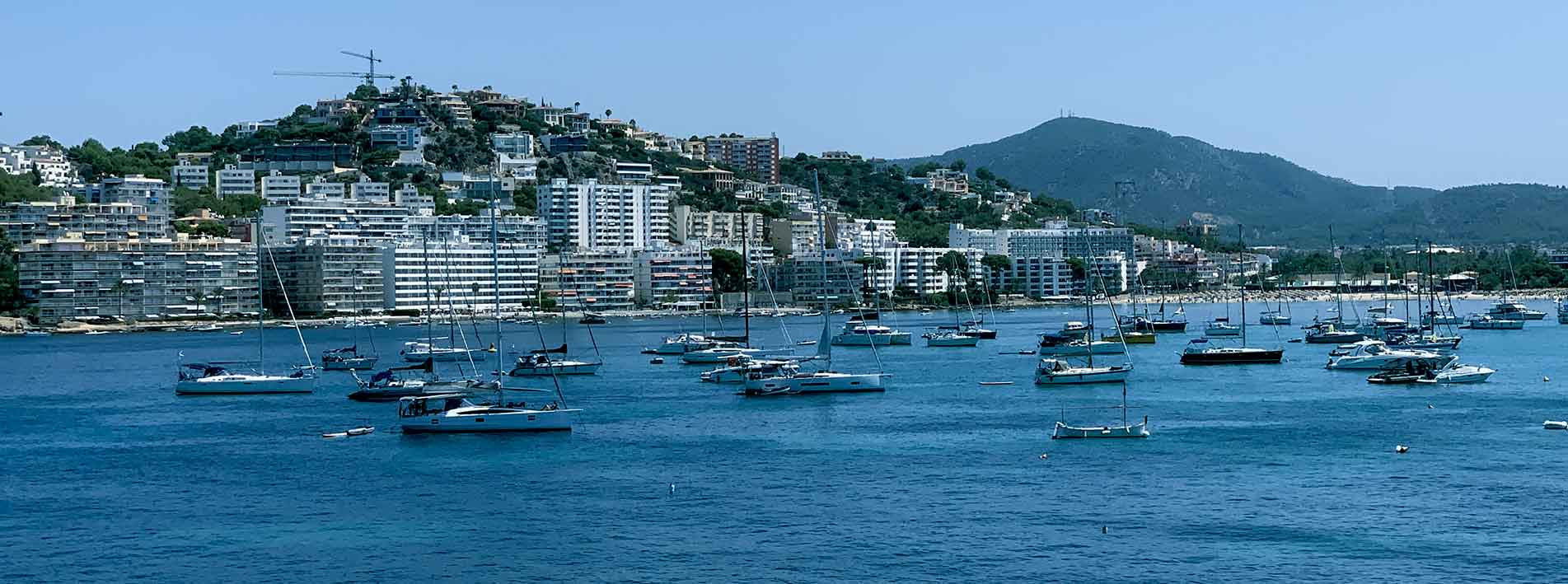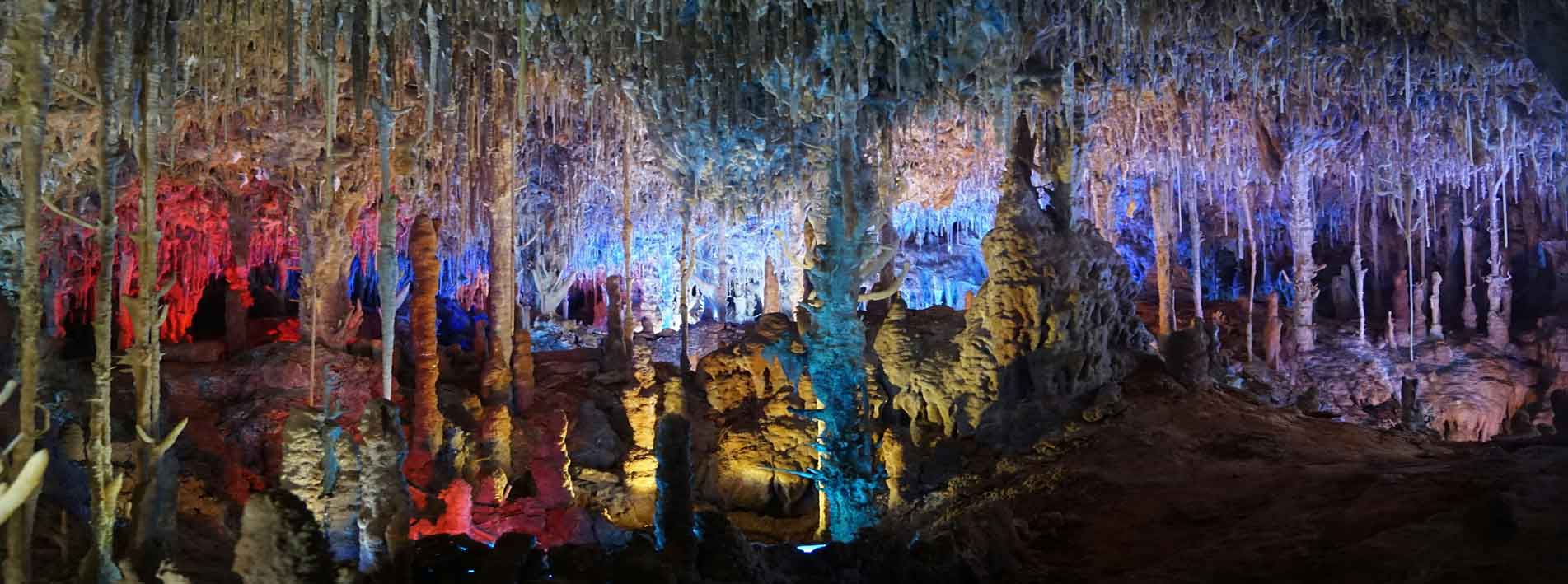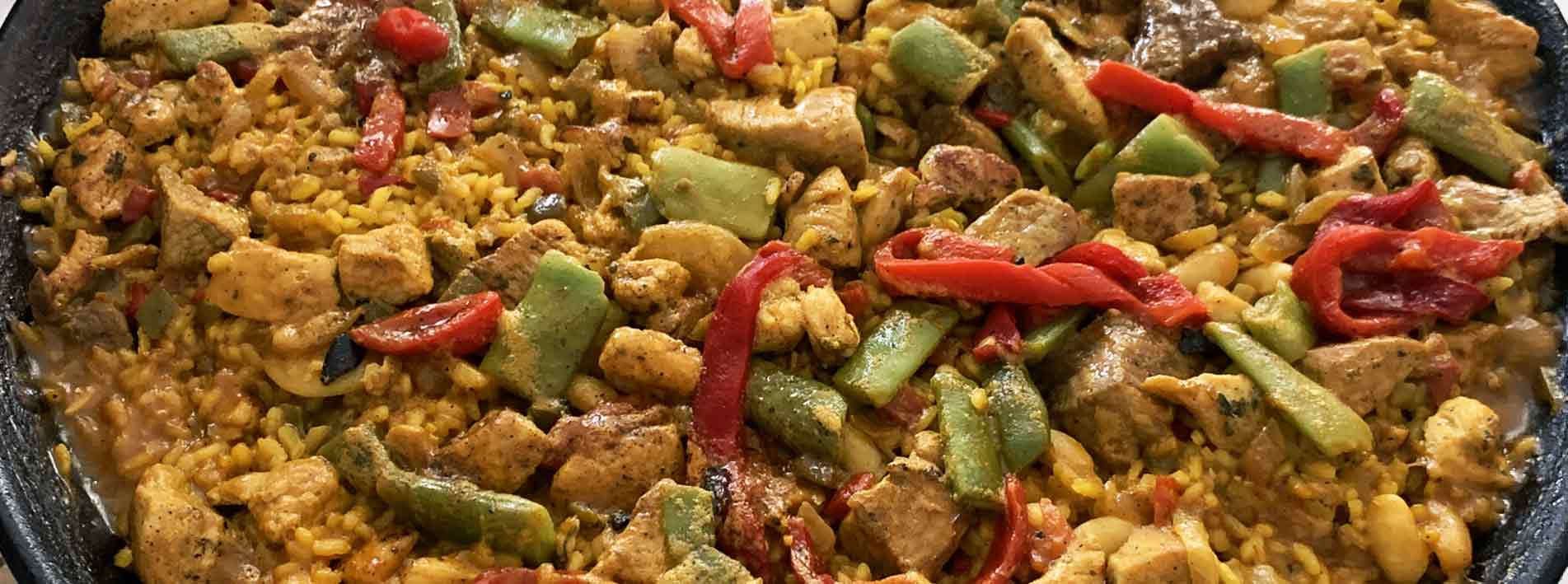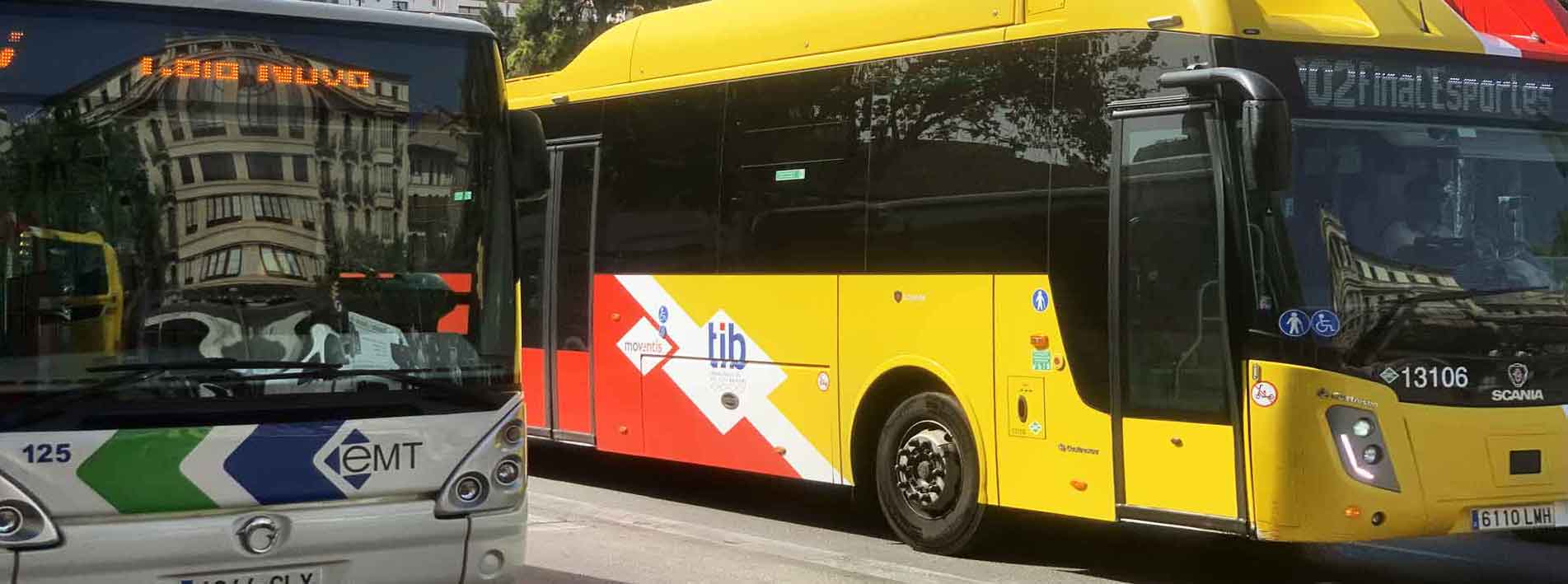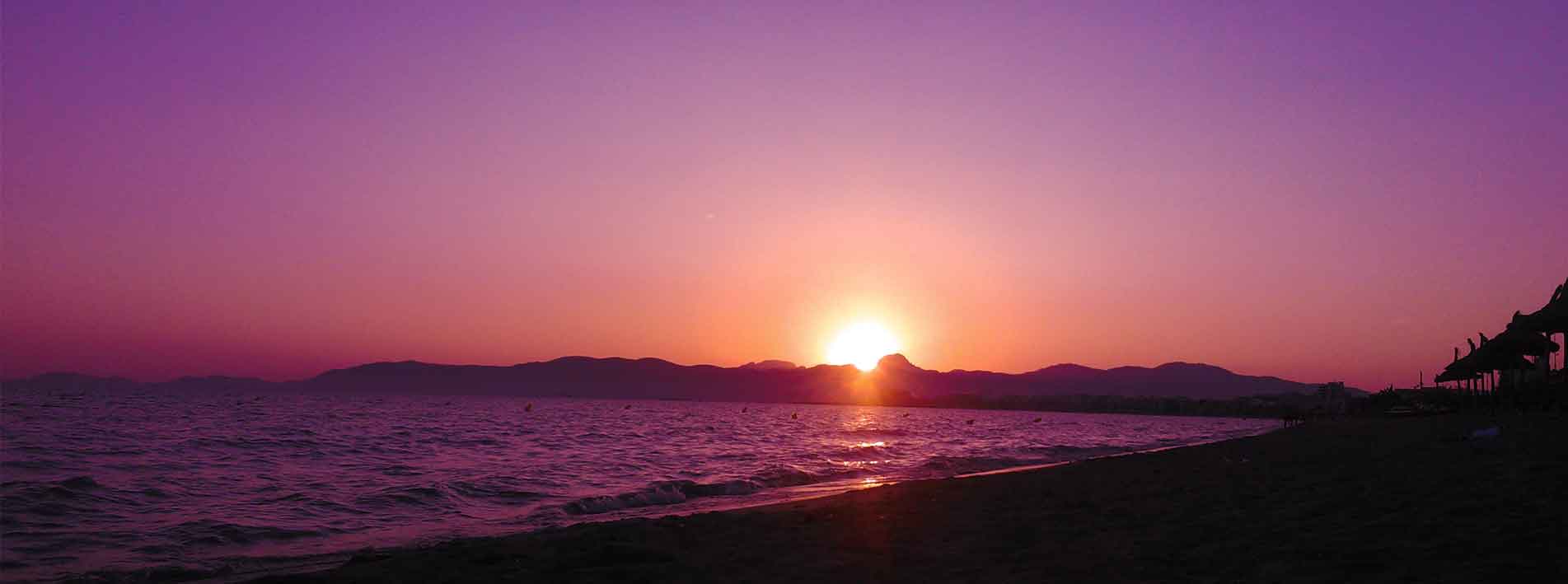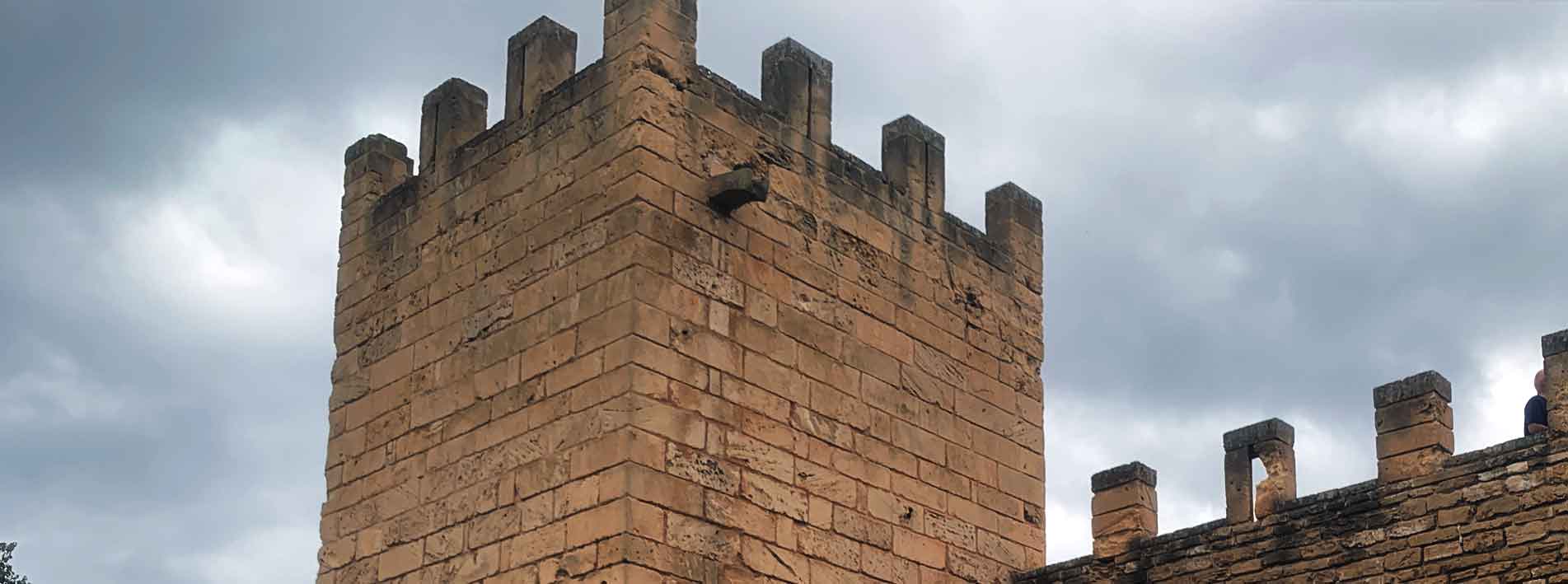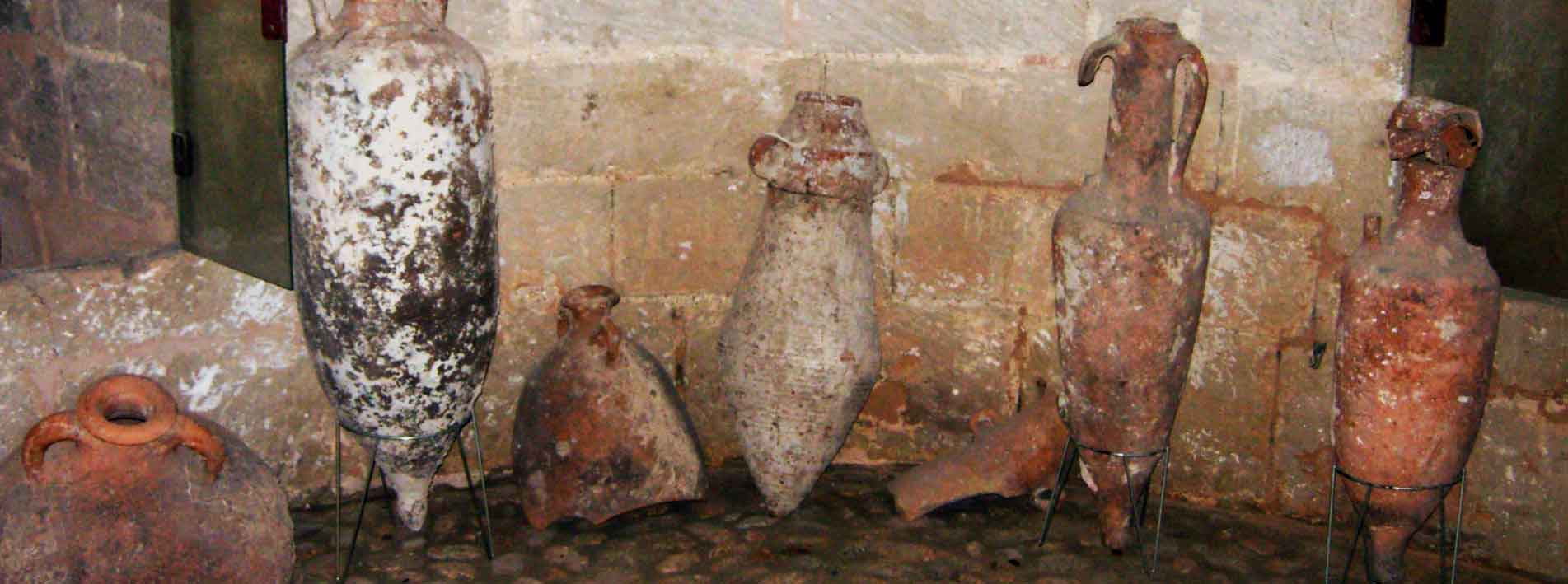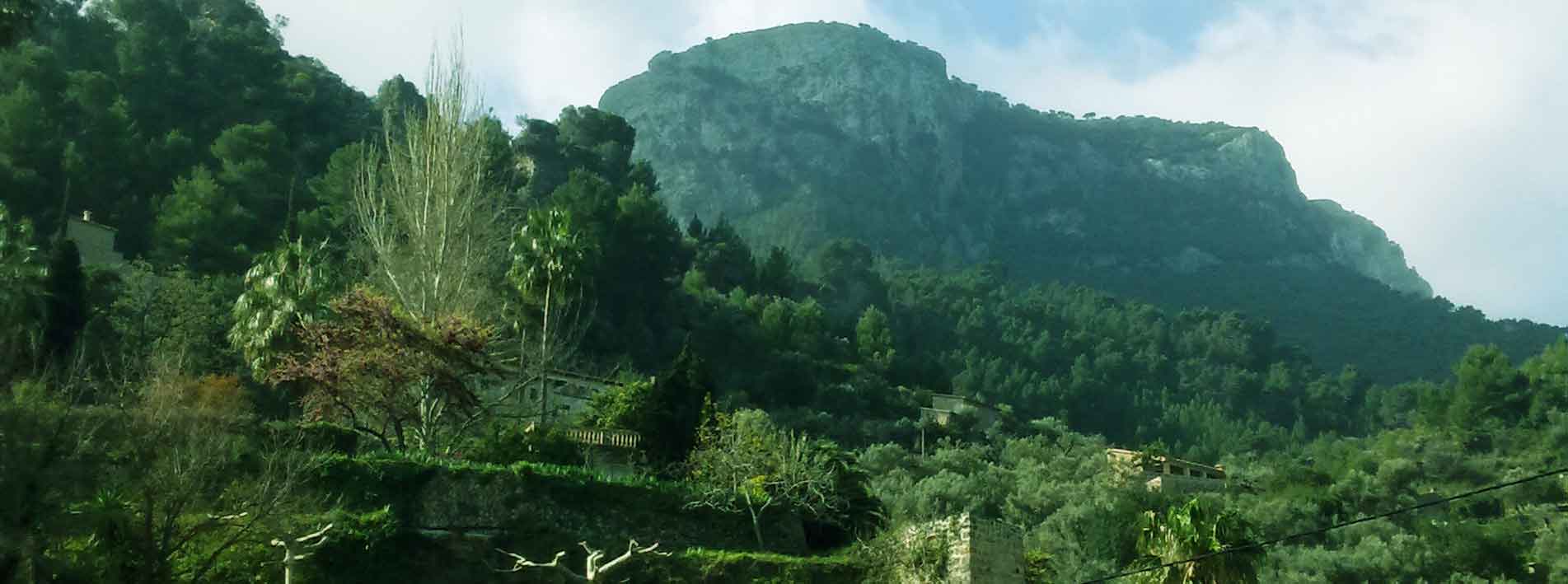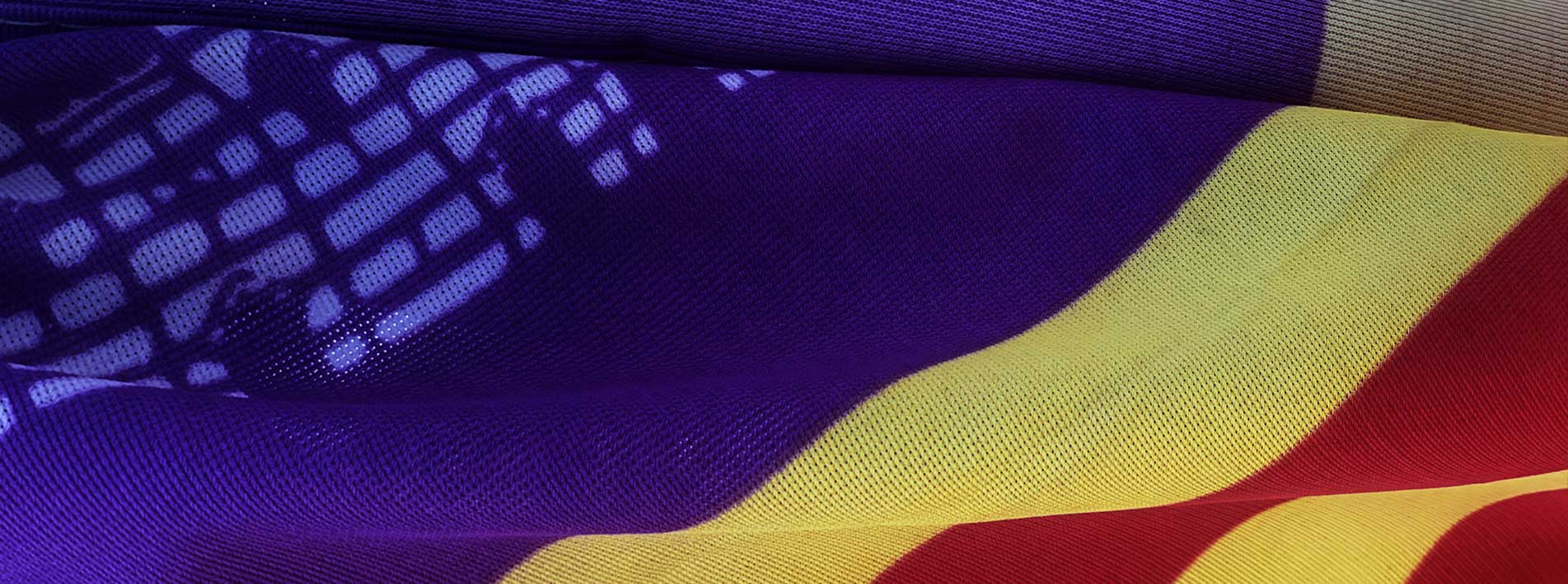Jewish Quarter (Call Jueu) of Palma
The Jewish Quarter of Palma (Call Jueu or, Jewish neighbourhood) is of great historical, cultural and tourist relevance for the city. They were actually two important population settlements that flourished and succumbed during the Middle Ages, playing a significant role in Palma’s economy and society. Although the Jewish community dissolved over time, the Jewish quarter of Palma continues to be an area or space of interest for those interested in the history of the island and its cultural diversity.
The Jewish community was very important for the city and came to have three synagogues: the New Synagogue, the Third Synagogue or Minor Synagogue (it was located in what is now Pelletería street) and the Major Synagogue. In Mallorca, the Hebrew community, although historically small, left a notable cultural legacy. See here for a chronology of the Jewish presence in Palma de Mallorca.
Jewish District (Call Jueu) or Jewish quarter of Palma de Mallorca
The Jewish quarter of Palma de Mallorca, known as the “Call” (a linguistic derivation of Kahal (קהל), which means “assembly” or “community” in Hebrew), is a historic district with a rich Jewish heritage. The Jewish quarter of Palma was actually divided into two areas: the Call Major and the Call Minor. In other words, the Call Minor was the first Jewish quarter of Palma, while the Call Major was the most extensive and longest-lasting Jewish quarter, which was created in a new area of the city after the Christian conquest of the archipelago
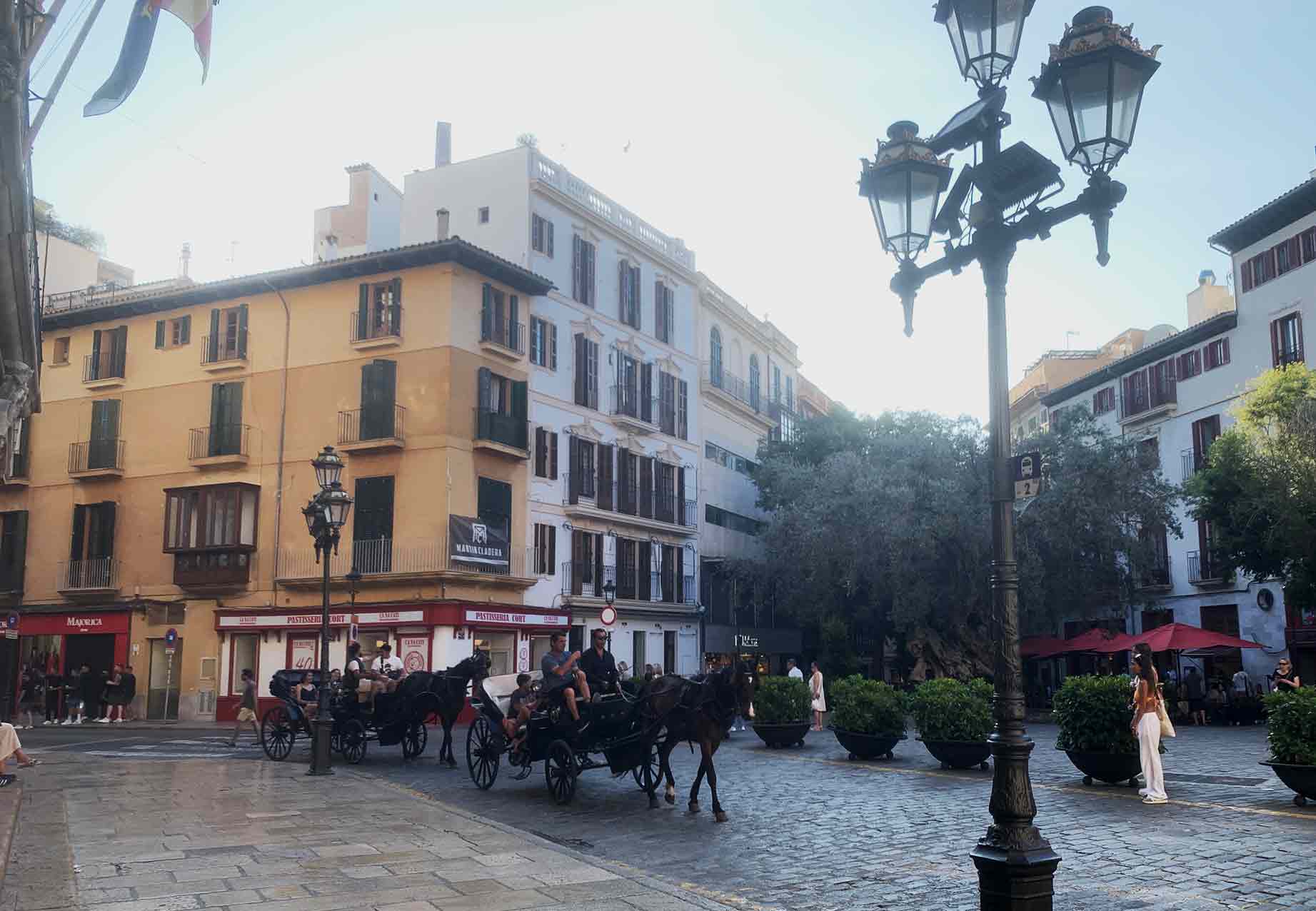 The Jewish quarter: Callet or Call minor of Palma de Mallorca
The Jewish quarter: Callet or Call minor of Palma de Mallorca
The origins of the Jewish quarter of Palma, known as Coll Jueu or the “Callet”, date back to Roman times, with evidence of Jewish presence from the 5th century. The Jewish community reached its maximum splendour in the 14th century, before the persecutions and episodes of violence such as the assault on the Call Major in 1391.
The Call Menor, also known as “Callet”, was Palma’s first Jewish quarter, located near the old port and the Almudaina Royal Palace. The Call Minor or historic Jewish quarter was located in the present-day streets of Jaume II, Street de las Monjas and Callejón de Ca’n Berga. It also included parts of the streets of Platería, Sant Bartomeu and Plaça de Tagamanent.
The area occupied by the Jewish quarter of Palma de Mallorca is mainly located in the heart of the old city, delimited by the streets of Montesión, Costa de la Sangre, Rua, Socors and Sant Jaume. This area corresponds to the Almudaina neighbourhood and part of the Cort neighbourhood. The Jewish quarter was characterised by its narrow streets and interior courtyards, many of which are still preserved, offering evidence of Jewish culture in the city.
Jewish Quarter or Call Major of Palma de Mallorca
In the 14th century, the Jewish quarter or Jewish quarter of Palma was forcibly moved to the east of the city, forming the Call Major, in the area of La Calatrava. Palma’s Call Major, the medieval Jewish quarter, a full-fledged ghetto, was consolidated from 1300 until 1434 as the area where the Jewish community was obliged to live and spend the night, although they could work outside of it. It was bounded by walls with four main gates (one of which was on the corner of Street del Sol and street Montesión) and was known for its rich community life and important cultural and religious activity.
This neighbourhood, today known as La Calatrava, was characterised by its narrow streets and shared courtyards, with its urban layout based on two main axes: The street Sol and the junction of the current streets of Montesión and street Seminari Vell. Inside the Call, the houses were organised around central courtyards and some narrow alleys connected the houses.
There were Jewish cemeteries in the garden area of the Porta del Camp, where specific funeral rituals were performed, and it is thought that Sol street, where the church of Monti-sión now stands, was the gateway to the walled Call Major.
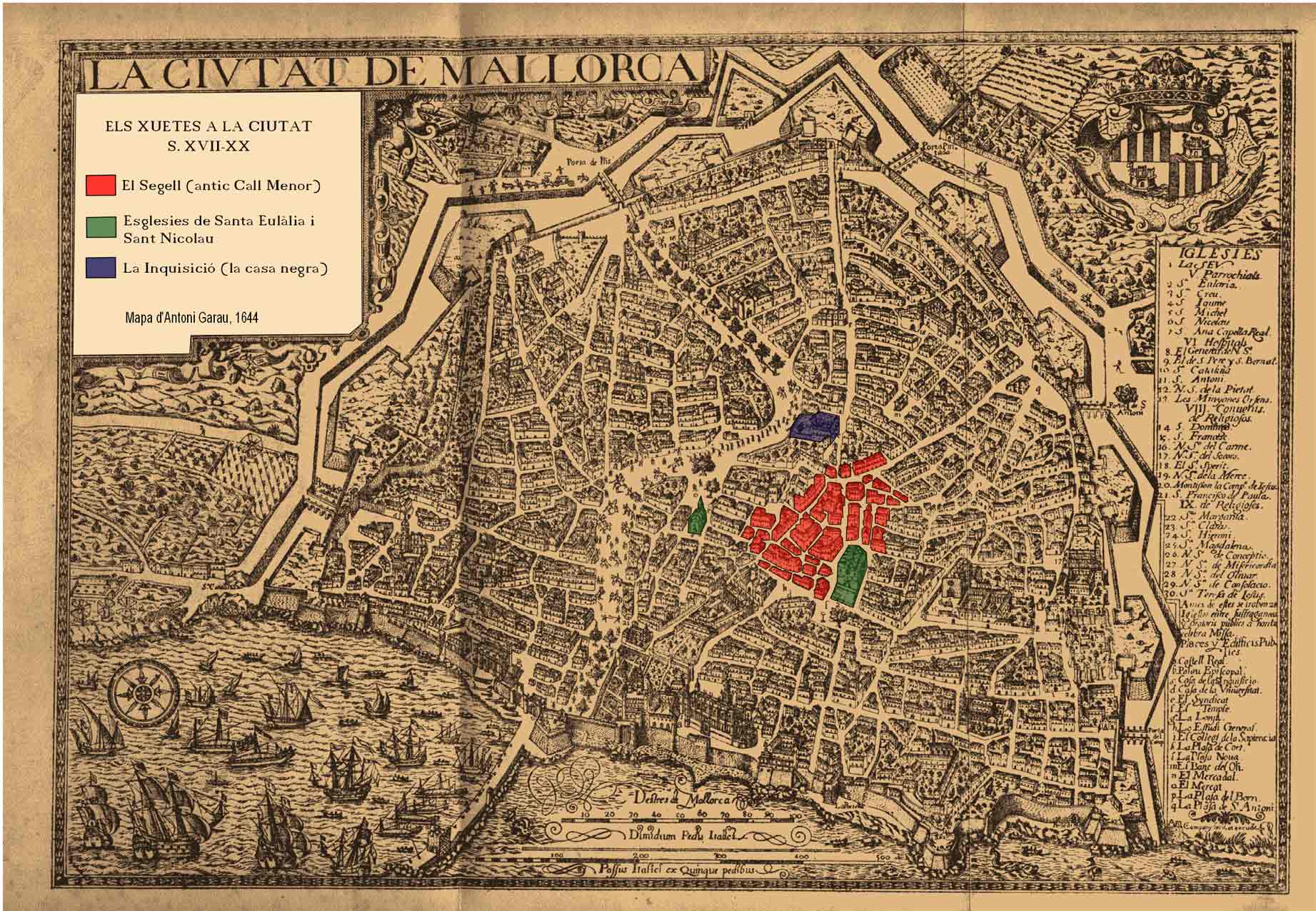 Key points of the Jewish Quarter or Call Jueu in Palma
Key points of the Jewish Quarter or Call Jueu in Palma
The Jewish neighbourhood, or Jewish quarter of Palma de Mallorca, is not a specific geographical area with a map defined as such today. It was constituted as a historic quarter in the city, but was demolished in 1820 due to its historical connotation as a symbol of the persecution of the Jewish community and the Inquisition, and today it does not form or delimit a distinctive area. However, there are architectural sites and buildings associated with the historic city that constituted the Jewish quarter of Palma.
The quarter was located in the old quarter, near the Cathedral and the Lonja. Calle del Call (Calle de la Judería) was, precisely, one of the main access routes to the Call Major or Jewish quarter, with a plaque commemorating the old entrance. On the other hand, some streets such as Sant Bartomeu, Jaume II and Bosseria were part of the Call Minor. Some important points that can be highlighted today as part of the old Jewish quarter of Palma de Mallorca are:
The Church of Monti-sión or Montesión: On the site where this church was built was the former major synagogue.
The Maimó Ben Faraig Centre: A centre dedicated to the interpretation of the history of the medieval Jewish community in Palma.
The Museum of Mallorca: Where you can find archaeological remains from the Jewish period.
Calle Sol: Considered a gateway to the Jewish quarter.
The Plaza Marqués del Palmer: A quiet and peaceful place, close to the Plaza Mayor.
The house of Can Saura: An emblematic building with an important Jewish past.
La Portella: An old gate in the city wall.
Carrer de Montisión, Carrer de Sol and Carrer Morey: Main thoroughfares of the Jewish quarter, ideal for a stroll with great historical weight.
Carrer and Statue of Jafuda Cresques: Named after and erected in honour of an important Jewish cartographer.
The Jewish Gate: One of the entrances to the Call Major.
The Secret Synagogue: A secret Jewish place of worship.
The Tower of Love: A historic structure in the neighbourhood.
The Plaza de Santa Eulalia: The main street of the first site of the Jewish Quarter.
Carrer dels Botoners: A street noted for the profession of the artisan button-makers.
The Kosher Butcher’s Shop: This was located at the gates of the wall. Its meat products were popular and highly appreciated by Christians and Jews.
The Savings Bank: A Jewish banking institution of the time housed in a building of the time, where bankers and moneylenders worked. It was located near the wall gate…
Economic relevance of the Jewish quarter or Call Jueu of Palma
It is important to mention that, despite segregation, the Jewish community of the Call Major played an important role in Palma’s economy. The Call Major was a separate entity within the city, with its own walls and access gates. The neighbourhood also housed the old major synagogue, located on the site where the Monti-sión church stands today. Finally, in 1435, the Jews were ordered to leave the island or convert to Christianity, and those who accepted the conversion were known as Chuetas.
Historical Relevance of the Jewish Quarter or Call Jueu of Palma
The Call Jueu of Palma (Jewish quarter) was an important area within the city, with a Jewish presence since the 5th century, although it is believed that a Jewish community already existed in the Roman period. The Jewish quarter was known for its intellectual and commercial life, and was a centre of trade and culture. The Jewish quarter of Palma is a place that highlights the island’s cultural diversity.
Cultural legacy of the Jewish Quarter or Call Jueu de Palma
The Jewish quarter was an important centre of the Jewish community in Mallorca for centuries, with a rich history and cultural legacy. The Jewish quarter is nowadays a residential and tourist area, with some cultural and religious spaces that recall its Jewish past. The Jewish quarter of Palma de Mallorca is a place of great interest for exploring the island’s Jewish history and culture.
By the way, are you coming to Mallorca on a leisure trip? If you find it helpful, you can also consult our travel guide to Mallorca and more tourist information about the island.

